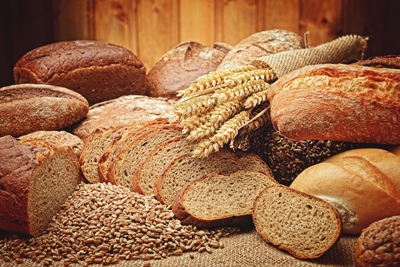Microorganisms in food production are essential to creating many of the foods we enjoy every day. These useful microorganisms, including bacteria, yeast, and molds, perform vital roles in transforming basic ingredients into products like yogurt, cheese, and bread. By harnessing these beneficial microorganisms, we can enhance the flavor, texture, and nutritional value of our food.
 Microorganisms in Food Production
Microorganisms in Food Production
Microorganisms play a crucial role in various methods of food production, leveraging their natural processes for fermentation, preservation, and enhancement of food flavors and textures. Here are the key ways microorganisms are utilized in food production:
By leveraging the natural metabolic processes of microorganisms, these methods not only improve the safety and shelf life of foods but also enhance their flavors, textures, and nutritional profiles.
In conclusion, microorganisms in food production are powerful allies in our quest for delicious and nutritious foods. These useful microorganisms not only improve the taste and quality of our food but also contribute to food safety and preservation. Understanding and utilizing beneficial microorganisms allows us to appreciate the science behind the foods we love.